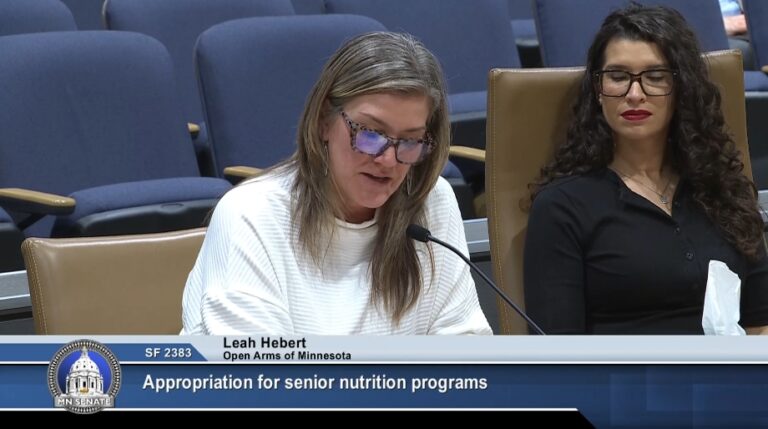
By Karlie Weiler, 2017 Summer Meals Intern
Fresh, frozen, or canned? Many people wonder if it’s unhealthy to opt for frozen or canned fruits and vegetables. They tend to be cheaper than fresh produce, especially during Minnesota winters. It is a common belief that we should be consuming anything but fresh produce – but that just isn’t the case.
Frozen fruit may actually be a better option than fresh fruit in some cases! Frozen fruit has been picked at its peak ripeness, and is often higher in nutrients because of that fact. Since the vitamins and minerals are preserved in frozen fruit, it is just as high in nutrients when you eat it as it was when it was picked. This is different from fresh fruit, which is often transported from miles away before its makes its way onto grocery store shelves. Fresh fruit loses some of its nutrition value over time, so the longer it takes to make it to your plate, the least nutritious it will be.
There are a few different instances when it is better to opt for frozen fruit versus fresh:
- When you live a busy lifestyle and have trouble eating fresh fruit before it goes bad – frozen fruit can be stored in your freezer for months and used whenever you have time.
- If you want to purchase fruits that are out-of-season, frozen fruit can be a more nutritious option than purchasing it fresh. This is because the fresh fruit is likely not local, and does not contain the same amount of nutrients as it did when it was picked.
- Some varieties of frozen fruit are cheaper than fresh fruit. This is often the case for berries. You can compare prices in your grocery store to figure out which option fits best in your budget.
I like to buy a huge pack of frozen fruit at the beginning of the month and use it in yogurt parfaits. Yogurt parfaits make for a fast, easy snack or breakfast item. The recipe below incorporates plain yogurt with frozen fruit. Using plain yogurt instead of flavored is a great way to steer clear of tons of added sugar!
Yummy Yogurt Parfait
(Serves 1)
Ingredients:
- 1 cup frozen fruit
- 1 cup plain Greek yogurt
- 1/8 cup granola (buy granola with nuts, such as almonds, to add a dose of healthy fats)
- 2–3 tbsp. honey (optional, especially if you are trying to limit your sugar intake)
Directions:
- Microwave the frozen fruit for roughly 2 minutes depending on the size of the fruit. If you don’t have a microwave, let the fruit thaw overnight.
- Add the Greek yogurt, honey, and granola and mix. I recommend starting out with less honey and granola and going from there until you get the perfect ratio.
Nutrition Information:
Per serving: 370 calories, 1.5 g fat, 0 g saturated fat, 21 g protein, 69 g carbs, 57 g sugar (20 g from naturally occurring sugars in fruit), 95 mg sodium







